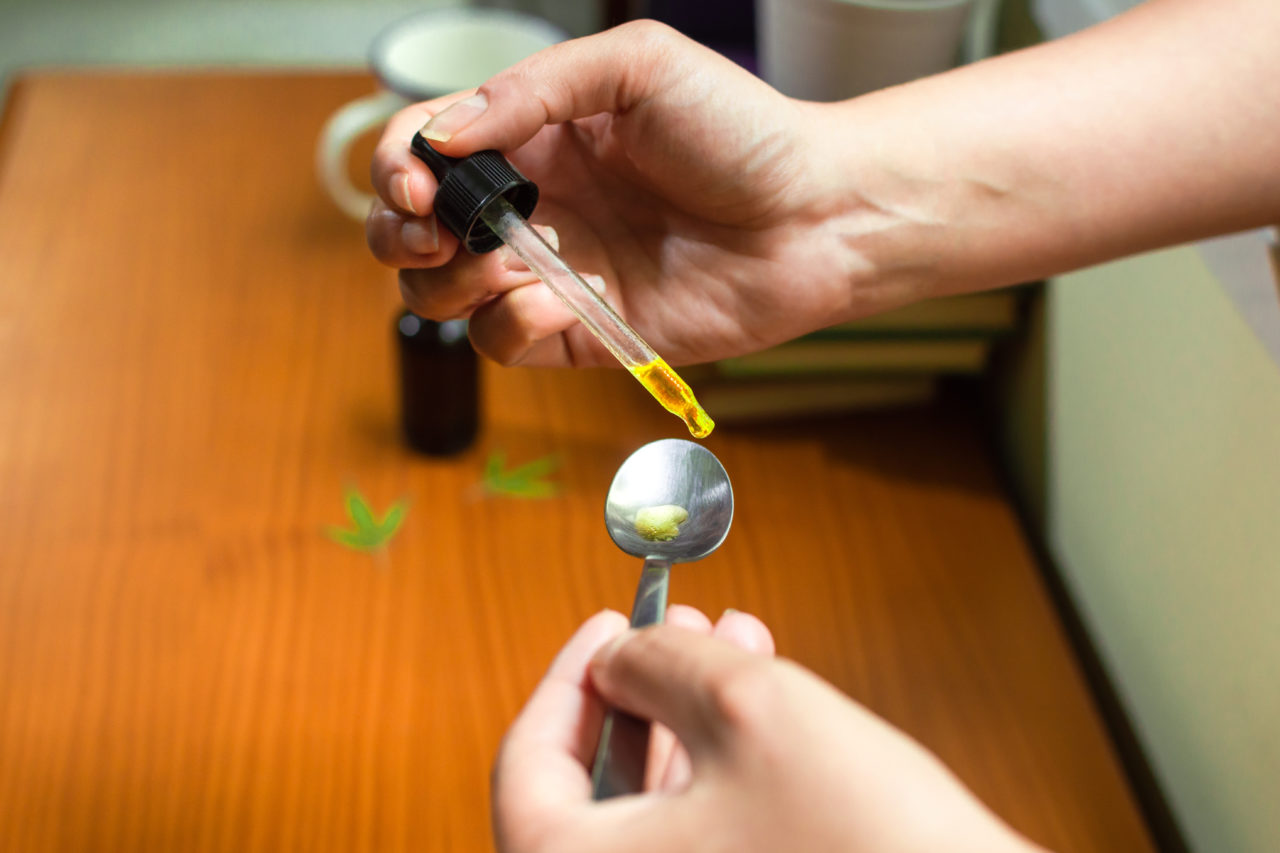Medical cannabis in Utah is regulated by two agencies at the current time: the Department of Health and Human Services (pharmacies, QMPS, and patients) and the Department of Agriculture and Food (growers and processors). But thanks to legislation passed during the 2022 session, state lawmakers are now considering the possibility of designating a single cannabis regulatory agency to oversee the medical use of cannabis.
The question is whether such a move would improve Utah’s medical cannabis program. The majority of industry and patient advocates say it would. Lawmakers are not necessarily convinced at this time. But a special legislative committee established earlier this year may be able to convince them in time to have a bill ready for 2023’s session.
Twice the Bureaucracy
It is impossible to be under government regulation without having to deal with bureaucracy. Governments are bureaucratic machines at the local, state, and federal level. With that in mind, having two agencies responsible for overseeing medical cannabis in Utah creates twice the bureaucracy.
In the short time Utah’s Medical Cannabis Governance Structure Working Group has been meeting, group members have become painfully aware of how bureaucracy is making things more difficult on the industry and patients alike. They have already recommended consolidating all cannabis regulation under a single entity.
Supply Chain Improvements Are Needed
Among the many goals of consolidation would be improving the supply chain. As the thinking goes, having medical cannabis overseen by a single regulatory agency should get rid of some of the red tape that currently stands in the way of a robust supply. But advocates say that consolidation alone is not enough.
Along with putting all cannabis regulations under a single entity, advocates want to see the state loosen up licensing limits. They want to see more licenses for growers and processors so that more product makes it to pharmacy shelves.
There is no way to know what a consolidation bill would look like if it ever came before the legislature. But if nothing else, we can say that improving the supply chain would be an immense help to medical cannabis patients.
Tens of Thousands of Them
When Utah’s medical cannabis program first got started, government estimates suggested around 4,000 patients. Guess what? We have long since blown past that number. The current number of patients in Utah stands at about 50,000.
Why does this matter? Because the system was set up to account for fewer than 10,000 patients. Lawmakers did not anticipate such high numbers. As such, they didn’t design a system that can easily scale. Current supply chain issues are evidence of that lack of scalability.
The current number of cultivators and processors just aren’t enough to supply 50,000+ patients. And make no mistake about it, more patients will be added to the rolls in the coming years. The supply chain will have to be increased at some point – whether the legislature acts next year or five years down the road.
A Governing Board
State lawmakers may be uncomfortable consolidating medical cannabis governance under one of the two current agencies. They may also be reluctant to create a new cannabis regulatory agency. In such a case, a number of industry organizations have suggested creating a governing board made up of a combination of patients, healthcare providers, industry representatives, and regulators.
Utah’s medical cannabis program is by no means broken. It functions very well. But there is room for improvement. Now, lawmakers are being urged to do just that by consolidating all medical cannabis governance under a single entity. Will they go for it? We will probably know for certain by this time next year.




